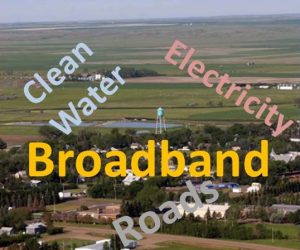Smart Community

Options for States and Localities to Address Broadband Gaps
States and localities know that they need to address their unserved and underserved areas, but with little or ...

FEATURE ARTICLE – Taking Control of your Broadband Future
How can communities take control of their broadband future? Many communities continue to struggle with ...
1
